Plastic is everywhere—in our kitchens, our oceans, and even in our blood 1{#ref-1}. It’s cheap, convenient, and dangerous. The worst part? Most of it gets used once, then tossed.
Switching to glass reduces single-use plastic 2{#ref-2} by offering a durable, reusable, and fully recyclable alternative—perfect for families, retailers, and our planet.
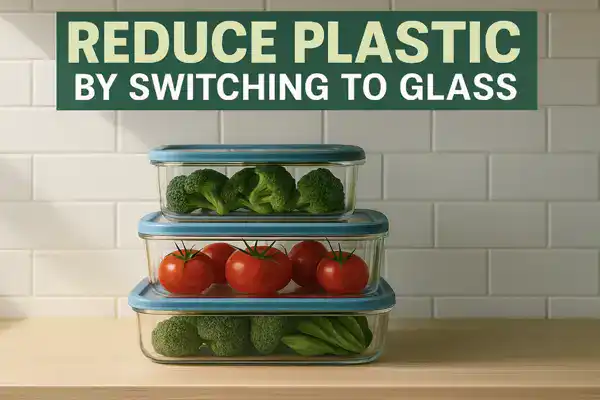
I still remember the first time I noticed how much plastic waste my kitchen produced each week. I felt overwhelmed but also curious. Could switching to glass actually make a difference? Years later, I know the answer is yes—and here’s why.
Why should I choose glass containers over plastic ones?
Plastic may be everywhere, but that doesn’t make it safe. From chemical leaching to poor durability, it fails both our health and the environment.
Glass containers are safer, more durable, and far more eco-friendly than plastic—offering long-term value and peace of mind.
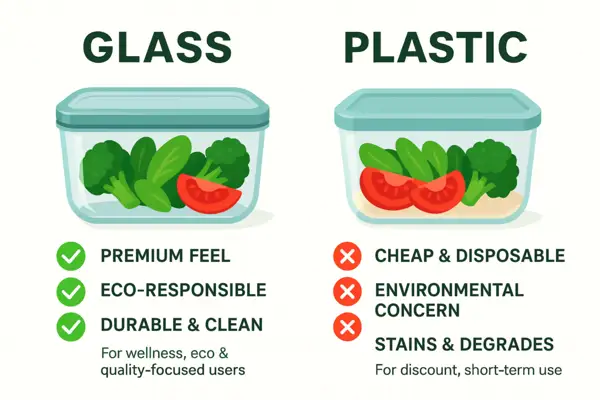
Chemical Safety
Plastic often contains BPA or phthalates 3{#ref-3}. These toxins can leach into food, especially when microwaved. Glass doesn’t have this risk. It’s inert—nothing seeps into your meals.
Durability
Plastic stains, scratches, and warps. A good glass container lasts for years. I’ve had PYGLASS containers that still look brand-new after hundreds of uses.
Temperature Resistance
Glass handles heat and cold with no problem. Use it in the oven, microwave, fridge, or freezer—without warping, cracking, or releasing chemicals.
| Comparison Factor | Glass Containers | Plastic Containers |
|---|---|---|
| Health Safety | 100% chemical-free | Risk of chemical leaching |
| Longevity | 5–10 years+ | 3–6 months |
| Temperature Resistance | Oven & microwave safe | Limited |
| Odor/Stain Resistance | No stains or smells | Easily stains and smells |
Once I explain this to a retail buyer, they instantly get it: glass isn’t just a container—it’s an upgrade.
How many times can I reuse glass compared to plastic?
Plastic is cheap. But that means it doesn’t last. A cracked lid or warped base sends it straight to the trash—and that cycle never ends.
Glass containers outlast plastic by 10x or more, saving costs and reducing waste over years of repeated use.
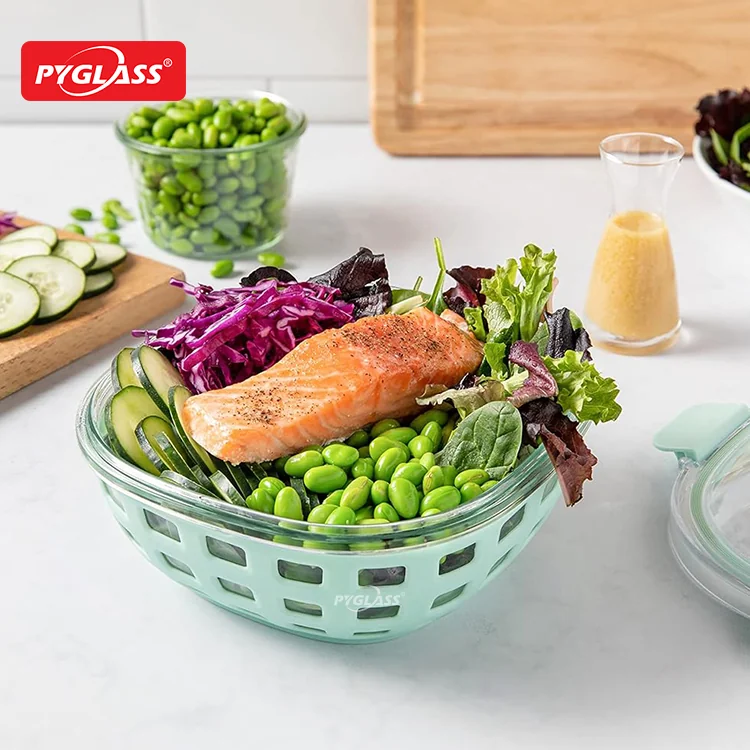
Lifespan
A plastic container might survive a few months of use. A glass bowl can last 5–10 years—easy. Many of our customers still use the same containers from five years ago.
Real Cost
Plastic seems cheap upfront. But if you’re replacing it three times a year, what’s the real cost over time? Glass pays for itself within a year—and then keeps going.
Brand Experience
Retailers who stock high-quality glassware reduce return rates, increase customer satisfaction, and stand out in eco-conscious markets 4{#ref-4}.
| Factor | Glass | Plastic |
|---|---|---|
| Reuse Frequency | 500+ times | 30–50 times |
| Average Product Lifespan | 5–10 years | 3–6 months |
| Cost Over Time | Lower long-term | Higher with replacements |
When I pitch glass to buyers, I ask: Do your customers want to buy once, or buy three times? The answer is always clear.
Can glass really be 100% recycled without waste?
Plastic can only be recycled once or twice—if it’s recycled at all. Most of it ends up in landfills. Glass is different.
Glass is infinitely recyclable. It can be melted and remade again and again—without losing purity or quality.
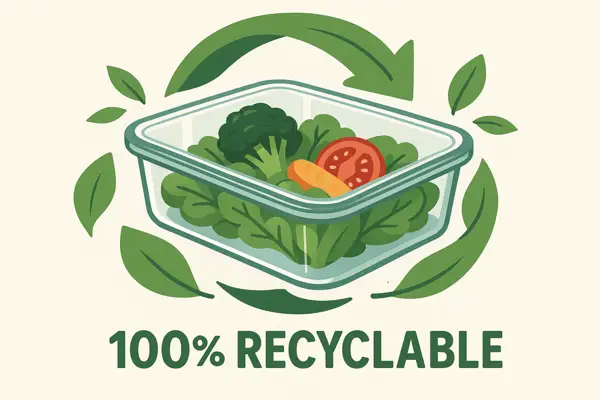
Closed-Loop System
Glass recycling is a closed-loop process 5{#ref-5}. Old containers become new ones. No downcycling. No toxic leftovers. Just a clean, reusable material.
Energy Savings
Using recycled glass (cullet) in production reduces energy use by up to 30% 6{#ref-6}. That’s good for factories and even better for the planet.
Zero Waste Possibility
At PYGLASS, all broken glass goes right back into the furnace. Nothing is wasted. That’s something I can proudly tell every partner and customer.
| Feature | Glass Recycling | Plastic Recycling |
|---|---|---|
| Times Recycled | Infinite | 1–2 times (max) |
| Quality Retention | Same as original | Lower after each cycle |
| Waste Generated | None | Significant |
| Energy Efficiency | High with cullet reuse | Low |
Glass isn’t just recyclable—it’s designed for sustainability. And that makes it a game-changer for any brand serious about eco values.
How does using glass improve my brand’s eco-friendly image?
Consumers care. They read labels. They check materials. And they judge a brand’s values by its packaging.
Switching to glass sends a powerful message: your brand values health, quality, and the environment—and your customers will notice.
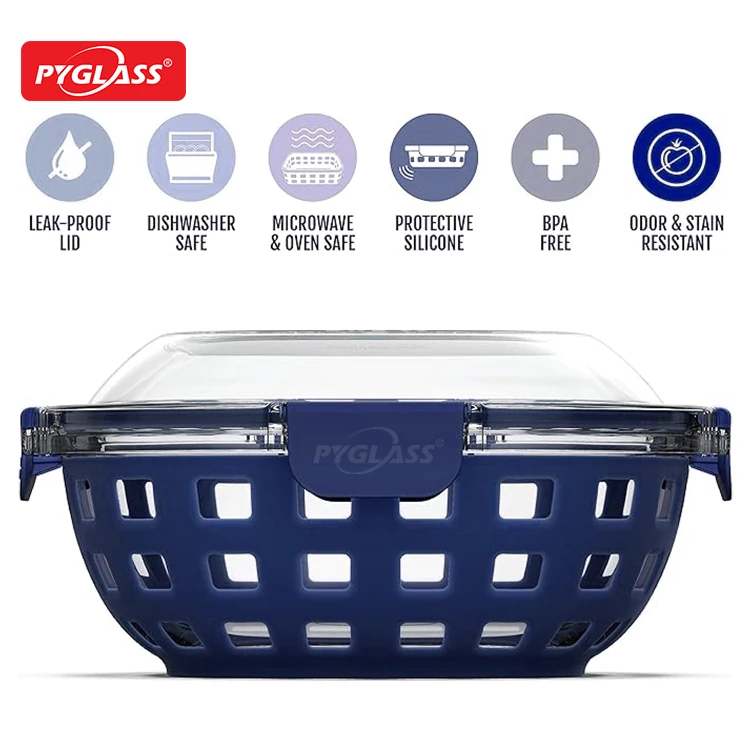
Consumer Trends
More people are searching for “plastic-free” and “eco-friendly” products. Glass aligns perfectly with these rising demands—and it sells.
Retail Impact
When buyers stock glassware with sustainability messaging, it boosts perceived value. They aren’t just selling a product—they’re selling a lifestyle.
B2B Advantages
In today’s B2B world 7{#ref-7}, sustainability isn’t optional. It’s often a requirement. Using eco-friendly materials can open doors to partnerships with major retailers and even governments.
| Branding Dimension | Glass | Plastic |
|---|---|---|
| Consumer Perception | Premium, responsible | Cheap, wasteful |
| Sustainability Messaging | Strong & clear | Weak or negative |
| Market Appeal | Broad (eco, wellness, retail) | Narrow (discount buyers) |
I’ve helped dozens of businesses shift to glass and watched their brands evolve—more trust, better feedback, and stronger sales.
What are the best types of glass containers for different use cases?
Not all glass containers are created equal. The type you choose should match how and where you’ll use it.
Each type of glass container serves a specific purpose—from baking to storing leftovers to on-the-go meals.
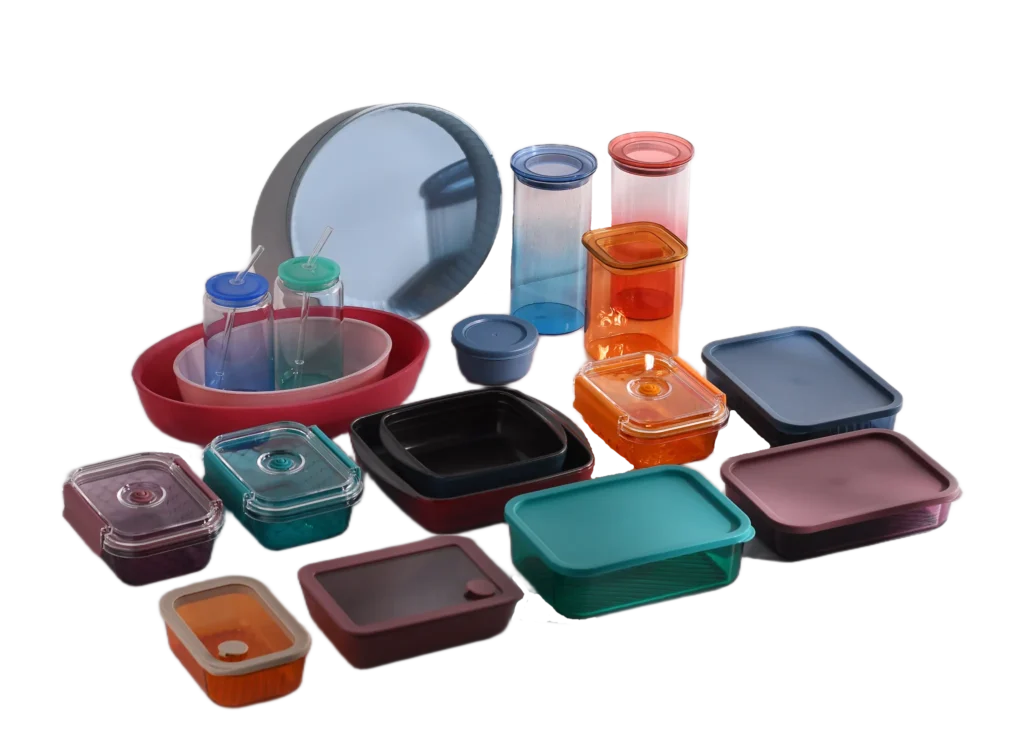
Common Use Case Matches
| Use Case | Best Glass Type | Features |
|---|---|---|
| Meal Prep / Leftovers | Rectangular with leak-proof lid 8{#ref-8} | Stackable, portion-friendly, airtight |
| Oven-to-table baking | Borosilicate bakeware with handles 9{#ref-9} | Oven safe, thermal shock resistant |
| Retail shelf display | Glass jars with bamboo lids | Natural look, tight seal, aesthetic appeal |
| On-the-go lunches | Round containers with snap lids | Compact, lightweight, microwave-safe |
| Baby food or small servings | Mini glass jars | BPA-free, easy to sterilize, safe for infants |
I always recommend matching container design to customer lifestyle. Are they meal preppers? Eco moms? Busy office workers? The right shape and lid can make or break satisfaction.
What do real customers say about switching to glass?
Switching sounds good in theory. But what about real users? We’ve asked our clients what happened after they made the switch.
Customers report fewer returns, better reviews, and higher satisfaction after moving from plastic to PYGLASS containers.
Testimonials That Matter
“We used to get complaints about plastic lids cracking. Since switching to your borosilicate sets, our return rate dropped by 80%. Customers say the quality speaks for itself.”
—Emma, Purchasing Manager at a Canadian Retail Chain“Glass has elevated our brand. Customers love the minimalist, eco-friendly packaging. We now use your containers in every photoshoot and recipe.”
—Carlos, Head of Product at a D2C Food Company in Mexico“Our Amazon reviews jumped from 4.2 to 4.8 after moving to your leak-proof glass sets. It’s now our top-rated product category.”
—Linda, E-commerce Operations Manager, USA
Customer stories show that switching isn’t just about being green—it’s also about building trust and delivering a durable, reusable, and fully recyclable alternative 10{#ref-10}.
Conclusion
Glass is not just a material. It’s a commitment—to better health, better design, and a better planet. By switching from single-use plastic to glass, you reduce waste, protect your brand, and delight your customers. The question isn’t “why switch?”—it’s “why not?”
Want to make your product line safer, greener, and more competitive?
👉 Let’s talk.
We offer bulk glass food containers, bowls, and sustainable packaging options with FDA, LFGB, and DGCCRF certifications—ready for retail, eCommerce, or custom branding.
📩 Contact us at www.slyprc.com or message us directly for a free product consultation.
✅ Glass is the future. Let’s build it together.
Footnotes
1. A National Geographic report on the scientific discovery of microplastics in human blood. ↩︎
2. The UN Environment Programme’s hub for information and action against global plastic pollution. ↩︎
3. An authoritative overview from the NIEHS on BPA and its potential health effects. ↩︎
4. A Forbes analysis of consumer trends and the rising demand for eco-friendly products. ↩︎
5. Facts about the closed-loop glass recycling process from the Glass Packaging Institute. ↩︎
6. Official U.S. EPA data on glass recycling rates and the resulting energy savings. ↩︎
7. Explore B2B solutions for bulk glass containers and sustainable packaging for modern businesses. ↩︎
8. View a range of borosilicate glass containers perfect for meal prep and storing leftovers. ↩︎
9. Discover durable high-borosilicate glass bakeware designed for oven-to-table use. ↩︎
10. An overview of the circular economy, which prioritizes reuse, from the Ellen MacArthur Foundation. ↩︎
